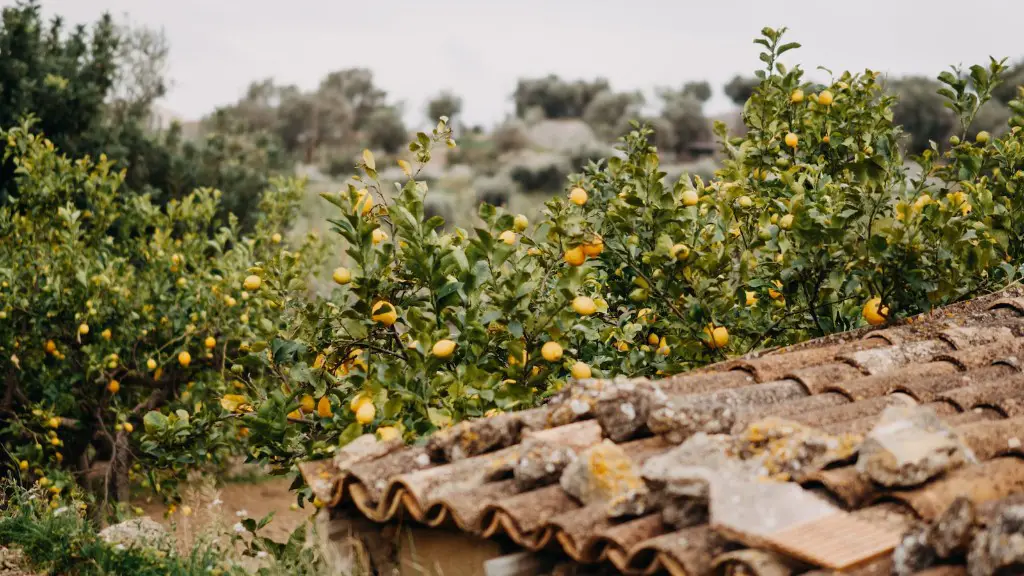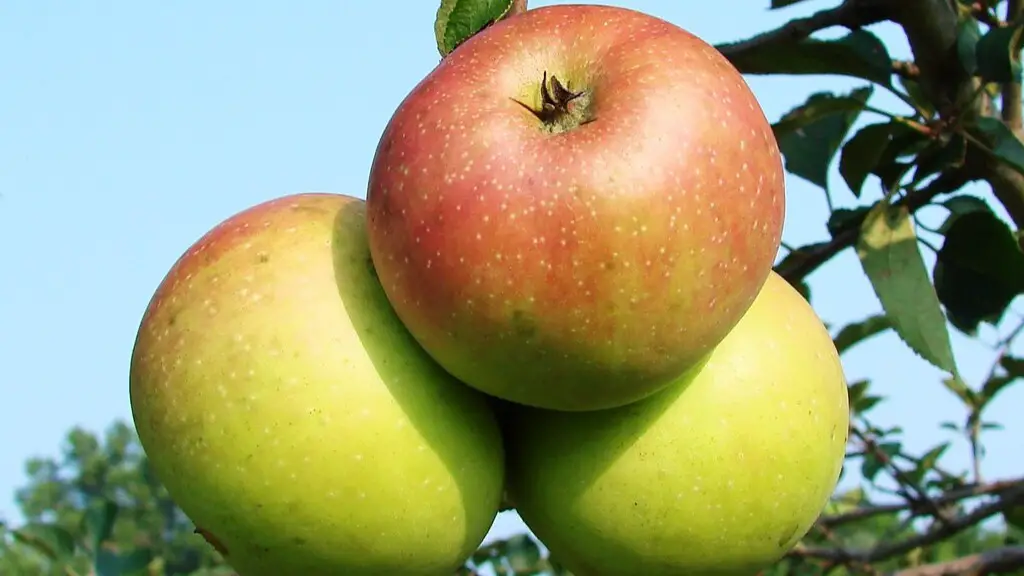When dealing with lemon trees, it can be difficult to tell if they are alive or dead. Knowing the signs to look out for is key in providing good care and tending to your tree’s needs. Here are some tips to help you determine if your lemon tree is alive or dead.
First and foremost, start by looking at the leaves. Healthy leaves will be bright green in colour and if you press them, they should feel soft and fatty. Dead leaves will be pale and brittle or brown and dry to the touch. Additionally, look for signs of mould or insects such as aphids or mealybugs, as this can indicate that something is wrong with your tree.
If the leaves look fine, inspect the stems of the tree. Healthy stems should be hard and rough to the touch, while dead ones will be soft and mushy. Also, take the time to check underneath the leaves and in the tree’s crevices. Does the bark feel dry and cracked? Are there any mushrooms growing around the tree’s base? Both of these indicate that your tree is dead.
Another way to tell if a tree is dead is to take a look at its trunk. If the trunk is dry, brittle and discoloured, then it is likely that the tree is dead. If, however, the trunk is still green and flexible, it is likely that your tree is still alive.
Finally, look for signs of new growth or flowers. If you see any, then your tree is still alive. If you don’t, then your tree is most likely dead.
Signs of Fungal Disease
One of the most common indicators of death in a lemon tree is the presence of a fungal disease. These can range from spots on the leaves to lesions or cankers on the trunk. If left untreated, your tree will eventually die. You can try treating the tree with some antifungal spray, but if you see no improvement after a few weeks, then it is likely that the tree is dead.
Checking For Water Damage
It is important to check for water damage in lemon trees. A good indication of this is the presence of blackened leaves and branches. Water damage can also be caused by overwatering, or by leaving the tree outside in heavy rain or strong winds. If you notice any signs of water damage, then the tree may be dead or close to it.
Checking The Roots
Finally, it is always good to check the roots of the tree to get an indication of its health. To do this, you can dig up a small area around the base of the tree and examine the roots. If they are discoloured and feel soft, then it is likely that your tree is dead. On the other hand, if they are white, firm and healthy, then your tree is still alive.
Testing the Tree For Wilt
When dealing with lemon trees, you should also be on the lookout for wilt. Wilting is a sign of severe water stress and can be a sign of long-term problems. Wilted trees are usually weaker and more susceptible to disease and insect attack. If your tree shows signs of wilting, then it is likely that your tree is dead.
Testing for Nutrient Deficiency
Nutrient deficiency is another common cause of death in lemon trees. If your tree is not getting the necessary nutrients, it can become weak and eventually die. You can tell if your tree is deficient in nutrients by looking for signs such as yellow or pale leaves, lack of vigour and discoloured white foliage. If you suspect your tree has a nutrient deficiency, then it is best to act quickly as this can quickly lead to death.
Taking a Closer Look at the Soil
When trying to determine if a lemon tree is dead, it is important to take a closer look at the soil surrounding the tree. Healthy soil should be moist and crumbly, while dead soil will be dry and hard. Additionally, it is important to check for poor drainage by digging a hole in the area around the tree and filling it with water. If the water does not drain away quickly then it could indicate that the tree is dying.


